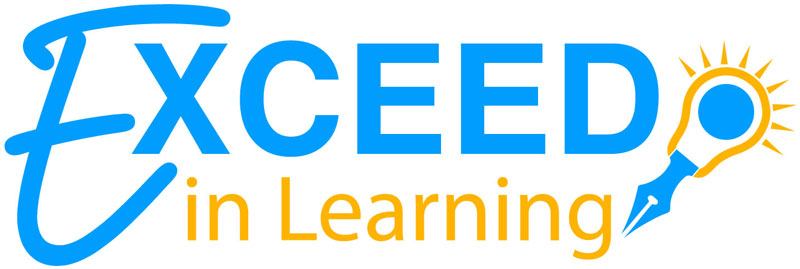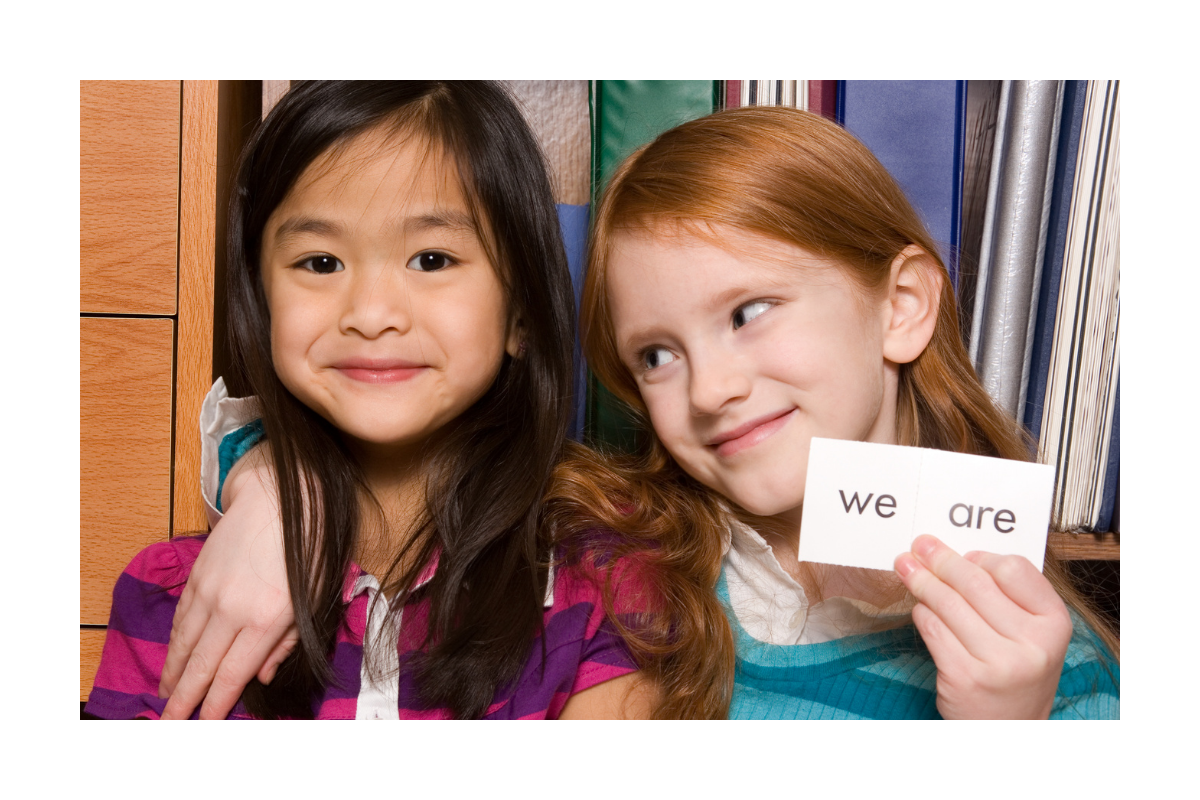Why are sight words important? Is memorizing words as good as learning to read with phonics? The thing is, most sight words are phonetic words. The only reason that we teach sight words as words known by sight is because most students haven’t learned enough phonics skills to be able to read these words when they need to. Sight words are also important because they provide good content for comprehension. Sight words add interest and meaning to text and that makes reading a lot more interesting.
Maybe you’re confused by the term sight words. Have you heard of high frequency words? High frequency words are the most commonly found words in written text. These are the words that students will see the most often, making them words that are necessary to read simply because of how many times a student comes across them. Sight words are words that students can read automatically by sight. They are memorized by the order of the letters and not necessarily by reading them phonetically. Because most sight words are high frequency words as well, I don’t worry about what I call them. Some people are adamant that educators use the correct terms, I just don’t feel that strongly about it. In fact, if you google Fry Words and Dolch Words, the most commonly used lists of high frequency words, they come up as both high frequency lists and sight word lists. Which are they? I don’t think it matters.
What I do think matters, is how we teach sight words to our students.
1. The words need to have meaning. The student should be able to use the word they are learning in a sentence that shows understanding. What does the word ‘said’ mean? Well, it means words that someone spoke out loud. Can we use the word in a sentence? Mary said she wants to learn to play the piano. Words that we have not heard before or don’t know the meaning of are, generally, more difficult to read.
2. The student should be able to read the words in context and in isolation. Beginner books can be memorized. They have repeatable patterns and the students pick up on this. Books with patterns are fine to read, in fact they provide repetition necessary for learning. It’s normal for students to memorize the patterns. However, students should also learn the words outside of these patterns.
How do I do this, with flash cards? Flash cards are fine, but a bit boring, don’t you think?
I love using magnetic letters for learning sight words. Students use the letters to make the word, then mix up the letters and do it again. We often play the “What’s missing?” game by taking a letter away and seeing if the student recognizes the letter that is not there.
Try playing Go Fish or Memory. Create cards with index cards, card stock, or pieces of paper. Each word is written twice, so as to have a pair, and then mixed up. The student must read the cards in their hand to ask for a card (when playing Go Fish) or they must read the words on the cards that they flip over (when playing Memory). Both are fun ways to practice reading the words in isolation and memorizing them.
3. The student should be able to write the words. Sometimes I like to have the student write the words in word families. When I have a student learning the sight word ‘saw’, I may have them write a list of words like saw, paw, caw, thaw, etc. Sometimes I have the student write the word in a sentence. Either way, they are using the word with meaning, practicing the spelling of the word, and rereading the word more than once.
If your child struggles with sight words, try some of the things suggested above. What are some other fun ways that you use for teaching sight words?




